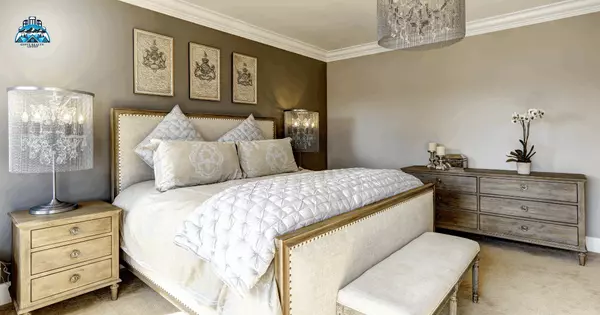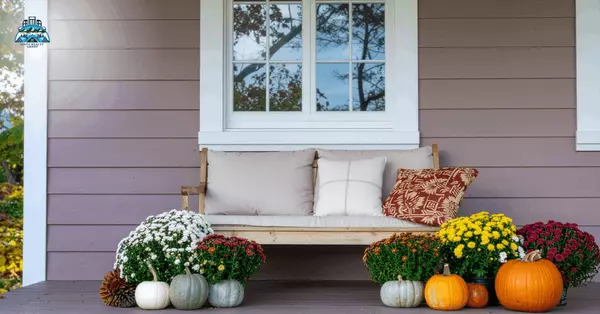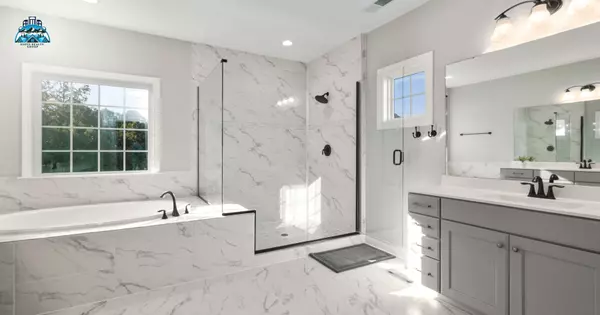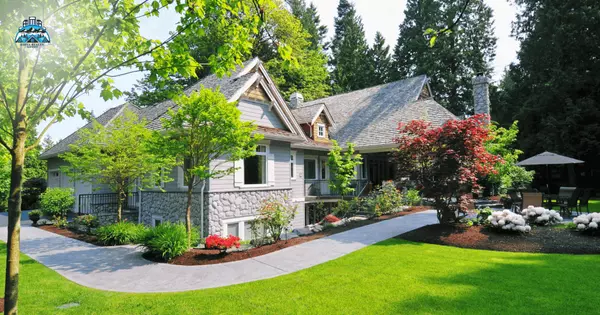DIY Bookshelf Guide: Build, Assemble, and Style with Ease
A bookshelf is a practical addition to any home, and building one can be a rewarding project. Planning is the first step to ensuring success. Decide on the size based on the available space and storage needs. A tall, narrow bookshelf works well for small spaces, while a wide design suits larger areas. Choosing the right wood is important for durability. Plywood, pine, or MDF are common options for DIY bookshelves. Measuring and cutting wood accurately ensures a proper fit. Sanding rough edges before assembly creates a smooth finish. Taking time with these steps ensures a sturdy final product.
Assembling the bookshelf requires basic tools like a drill, screws, and wood glue. Attaching the sides and shelves securely is important for stability. Using corner clamps helps keep everything aligned during assembly. Reinforcing shelves with additional support prevents sagging over time. If painting or staining, applying primer first improves the final finish. A clear coat of sealant protects the surface from scratches. Allowing proper drying time before use prevents damage. Careful assembly results in a durable and functional bookshelf.
Placement and styling enhance the bookshelf’s usefulness. Positioning it against a stable wall ensures safety. Anchoring tall bookshelves prevents tipping, especially in homes with children or pets. Arranging books by size, color, or category makes the display visually appealing. Adding small decorations, plants, or framed photos personalizes the space. Using baskets or bins on lower shelves provides hidden storage. Keeping frequently used books within easy reach improves accessibility. A well-organized bookshelf enhances both function and appearance.
Regular maintenance keeps the bookshelf in good condition. Dusting shelves prevents buildup and keeps books clean. Checking for loose screws or wobbly shelves helps maintain stability. Avoiding overloading shelves prevents warping or damage. Using bookends or dividers keeps books upright and prevents leaning. Rearranging books occasionally refreshes the look of the space. Treating wood with a protective finish extends its lifespan. A well-maintained bookshelf provides lasting storage and style.
Categories
Recent Posts










GET MORE INFORMATION


